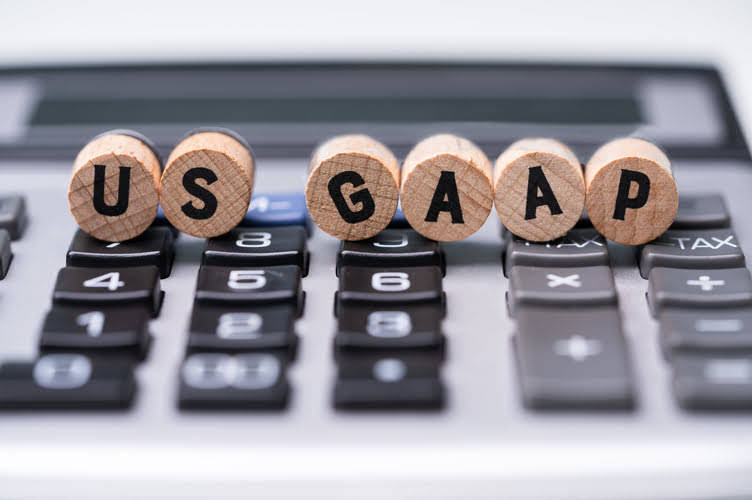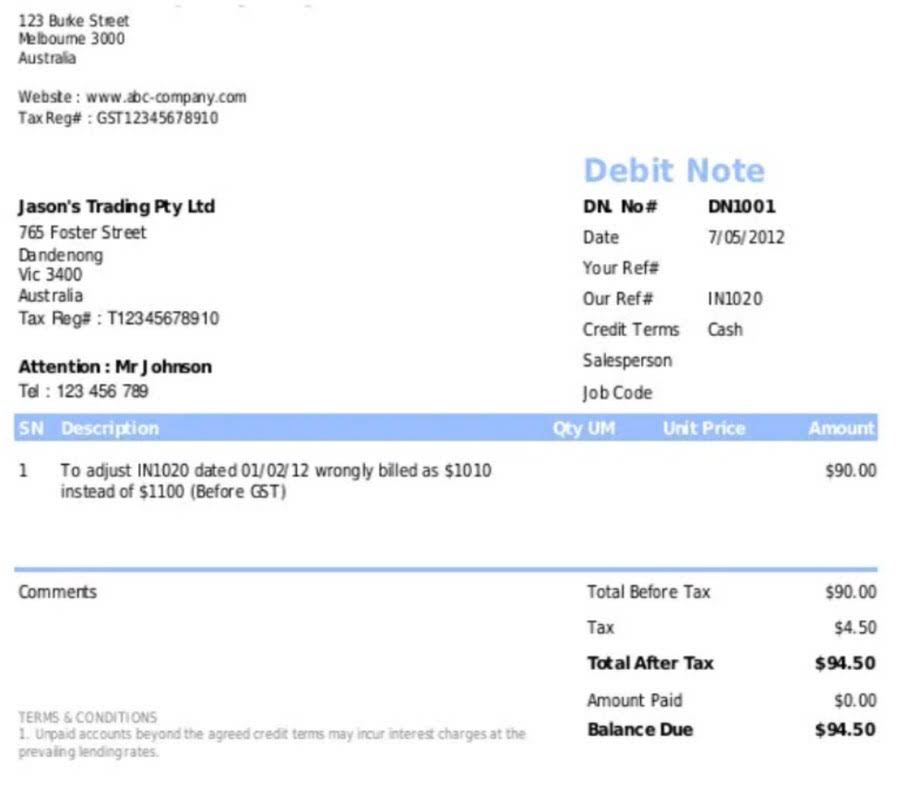Content
- Lessons From An Analysis Of Mental Health Crisis Houses
- What is the Process Costing Method?
- Process Costing – Objective
- Process Costing
- Process Costing System (With Illustrations)
- Cost Accounting
- Process Costing: The Large-Scale Approach
- New Business Terms
- Process Costing – By-Products and Joint Products (With Accounting Methods)

Simultaneous Production – Different products, with or without by-product, are simultaneously produced in one or more processes. Process industries may also have problems of joint/by-products. To ascertain the cost of each joint/by-product, common costs are apportioned among the joint-by-products on some equitable basis. The sum of all work-in-process inventory accounts represents total work in process for the company. If any worker is required to divide his time among two or more processes, a transfer form would be used to record his times on different processes. At the end of the week or that of the costing period, the daily time reports and transfer forms would be abstracted on a labour summary sheet.
In Dairy industries, butter or cheese is the main product, but butter milk is the by-product. In an Oil refinery, petrol is the main product, while sulphur, chemical fertilisers, bitumen are the by-products.
Lessons From An Analysis Of Mental Health Crisis Houses
These costs are accumulated from the first process to the last process. The said is then bifurcated into an inventory of complete products & inventory of products that are under process. This step involves the identification of inventory at the end of each process. The organization can identify such inventory by physically counting the units or through software inbuilt into the manufacturing process. In addition, the costs of inventory under each process are also identified at this change.
Process costing is a type of operation costing which is used to ascertain the cost of a product at each process or stage of manufacture. Process costing is suitable for industries producing homogeneous products and where production is a continuous flow. A process can be referred to as the sub-unit of an organization specifically defined for cost collection purpose. As a process costing example, ABC International produces purple widgets, which require processing through multiple production departments. The first department in the process is the casting department, where the widgets are initially created. During the month of March, the casting department incurs $50,000 of direct material costs and $120,000 of conversion costs .
Management accountants take the total number of goods leaving the process and divide the total process cost by this number. This creates a simple average cost for each item produced. Then assign the costs to units of output as they move through the departments. The units representing abnormal loss are valued like good units produced up to the stage of manufacture when the units are scrapped and debited to a separate account called abnormal loss account. Hence, the degree of completion of abnormal loss units is first identified and then they are converted into equivalent production units to arrive at the element wise cost.
What is the Process Costing Method?
By doing this, a company can reduce the total expenses incurred in producing the product, which will in turn reduce the cost per unit of output. Another way to reduce the cost per unit of output is to produce in larger quantities. This will allow a company to spread the fixed https://www.bookstime.com/ costs over a larger number of units, which will reduce the cost per unit of output. During a 30-day period, the design department accumulates a total amount of $80,000 of direct costs for materials and resources and $100,000 of converted costs for labor and overhead costs.
What is the cost sheet?
A cost sheet is a statement that shows the various components of total cost for a product and shows previous data for comparison. You can deduce the ideal selling price of a product based on the cost sheet. A cost sheet document can be prepared either by using historical cost or by referring to estimated costs.
If the scrap of units representing abnormal loss fetches some value, it should be credited to abnormal loss account and not to the process account. Abnormal loss cannot be treated like overhead of the process to be shared by good units. Units’ representing abnormal loss are valued like good units produced and the value of units representing abnormal loss is debited to a separate account which is known as abnormal loss account. Kohler has defined process costing as – “a method of cost accounting whereby costs are charged to processes or operations and averaged over units produced”.
Process Costing – Objective
Power Meter readings or horse power of plant employed for each process. Fire insurance Value of asset and the degree of risk involved.
- The system of costing conceals weaknesses and inefficiencies in processing.
- Many companies use some type of system to determine the minimum value of produced products.
- For example, when an airline provides transportation for passengers the way it would produce any product.
- If there is scarp value of the units lost, such value is credited to an abnormal loss account, and the balance remaining after that in that account is written off to costing profit and loss account.
- The quantity as well as the values of these losses can be known through the process costing.
A company may state that 10% of input will be normal loss of process A. Suppose, input in process A is 100 units, normal loss of process A should be 10 units and normal production of process A should be 90 units. From the above statement it is clear that element-wise details of cost should be collected and it should be divided by number of equivalent units to arrive at cost per unit for each element. Work done in process is represented by completed units as well as partly finished units. The difficulty experienced in allocating the cost, when work done is expressed both in terms of finished units and unfinished units, can be visualised by comparative study of statements in case A and case B.
Process Costing
Since there are eight slices per pizza, the leftover pizza would be considered two full equivalent units of pizzas. The equivalent unit is determined separately for direct materials and for conversion costs as part of the computation of the per-unit cost for both material and conversion costs.
- The cost of the output of the process is transferred to the next process.
- And it can help you more expertly, easily and accurately perform process costing.
- The sales values of abnormal gain units are transferred to Normal Loss Account since it arrive out of the savings of Normal Loss.
- As discussed earlier, direct materials are materials consumed during manufacture and conversion costs are direct labor costs and manufacturing overhead costs.
- These can differ depending on the business structure and the industry, but in general, we can describe them as follows.
- Some industries where process costing methods might be applied are the food industry, fuel and oil industries and chemical processing industries.
The FIFO costing method is more complex than standard costing or weighted average costings. It is used when there are significant changes between production periods and creates layers of costs to differentiate between units started in the previous production period from units started in the current period. Process 1 involved preparing the raw materials for printing, process 2 is the actual printing, and process 3 is packaging the planners to be moved to finished goods inventory. Costing is simpler in this system because rather than having to prepare a costing sheet for many products, we only need to do costing for three departments or processes. When we have a large mix of products, it can be hard to assign actual costs in a timely manner. In such cases, we can use standardized costs to calculate the total production cost for all units. We estimate it based on historical cost data and apply it to production.
Per unit cost – In process costing per unit cost is calculated after the process is complete. Hence, there is an apparent loss by way of reduction in the scrap realisation value attributable to abnormal effectives.
Process Costing System (With Illustrations)
This single product can be produced in one department or in several consecutive departments. The examples are electric power, steam, gas, cement, etc. Output of Previous Process, Input of Next Process – The finished product of one process becomes the raw material for the next process. Each department / process performs specific job regularly.
What is the meaning of process costing?
Process costing is a method of costing used mainly in manufacturing where units are continuously mass-produced through one or more processes. Examples of this include the manufacture of erasers, chemicals or processed food.
This information is reported as the work-in-process on a company’s balance sheet. Inaccurate work-in-process accounts may also result in distorted finished good totals.
Cost Accounting
Using the process costing method is optimal under certain conditions. If the output products are homogeneous, that is, the units of output are relatively indistinguishable from one another, it may be beneficial to use process costing. If the output products are of low value, meaning each individual unit of output is not worth much, it may be beneficial to use process costing. And if it is difficult or infeasible to trace production costs directly to individual units of output, it may be beneficial to use the process costing method.
- It’s important to consider ALL costs when pricing a product.
- The opening WIP units are not shown separately in the equivalent production statement, but are included in the total units completed and transferred to the subsequent process/finished stock.
- By products sales deduced from total cost – Under this method the sale proceeds of the by-products are treated as deductions from total costs.
- Cost of process can be obtained even if product is incomplete.
- Unlike materials, more labor and overhead will be needed before these units are transferred to another function or to finished goods.
Indirect CostsIndirect cost is the cost that cannot be directly attributed to the production. These are the necessary expenditures and can be fixed or variable in nature like the office expenses, administration, sales promotion expense, etc. Weighted AverageThe weighted average formula is simply summing up the products of each value with its respective weightage. Here, more significance is given to the weightage of the values rather than the variables themselves. Products are manufactured in large quantities, but products may be sold in small quantities, sometimes one at a time , a dozen or two at a time , etc. Inter-process profits are also kept in mind when transferring the output at market price to another process.
Process Costing: The Large-Scale Approach
Process costing can be easier to use than other costing methods, and it can help companies zero in on areas for potential cost cutting. If production is not homogeneous, as in the case of foundries making castings of different sizes and shapes, the average cost may give an incorrect picture of cost. The cost, ascertained at the end of the process is called historical cost which is of very small use for managerial control. Since it is based on historical costs, it has all the weaknesses of historical costing. Controlling aspect – Since production is continuous and products are standardized so comparatively lesser control is required.

For every reporting period, a production cost report is prepared. This report summarizes production and cost activity within a department. It uses the four steps performed to assign costs to units transferred out and units in ending work-in-process inventory. Businesses that have multiple departments usually use process costing so that management can assess the costs accumulated by each department. Materials might need to be shipped from one department to another, which may incur additional costs. When the costs of production go up unexpectedly, process costing can allow management to quickly pinpoint the department responsible for the increased costs and identify the source of the increased cost. If goods are manufactured with small-scale production runs or on an individual basis, costs are assigned using job costing.
New Business Terms
This adjustment is always carried out when there is abnormal gain and units lost fetch some scrap value. If actual production of process A happen to be 95 units, will 5 units represent abnormal gain in process A? Abnormal gain represents good units, which should not have been produced if the production in the process had been strictly according to accepted norms. This situation arises when output of the process is more than normal production of that process. Abnormal loss refers to the loss which is not inherent to manufacturing operations. Cost of normal loss is shared by good production in the process, but the same treatment cannot be given to abnormal loss. When work done in process includes work done on unfinished units also, it is advisable to prepare a statement of equivalent production.

Therefore, the company would assign costs to the bottling process as a whole for a period of time. Then they would divide that overall process cost by the number of bottles produced during that period of time to assign production costs to each bottle of cola. This follows the expense recognition principle because the cost of the product is expensed when revenue from the sale is recognized. If there is scarp value of the units lost, such value is credited to an abnormal loss account, and the balance remaining after that in that account is written off to costing profit and loss account. Materials part way through a process (e.g. chemicals) might need to be given a value, process costing allows for this. By determining what cost the part processed material has incurred such as labor or overhead an “equivalent unit” relative to the value of a finished process can be calculated. This problem is handled through the concept of equivalent units of production.
All the direct and indirect expenses related to a specific process are shown in the debit of the concerned process. Sometimes there may arise the question of stocks in the various processes of a manufacturing concern. The products produced must be identical and standardized. Process Costing Input in process A is 100 units; Normal loss relating to process 4 is 10%. Certain production techniques are of such a nature that some loss is inherent to the production. When product components are made out of a sheet of the metal, some waste of metal is unavoidable.
Process costing is applied to determine the cost of production in industries where products pass through different phases of production before completion. Transfer – In process costing work of the next process depends on the work of the previous process.
The finished product of one process is the raw material for the next process and this procedure continues until the final product arrives. At the end of a costing period a document known as the Production report is prepared for each process, showing the number of units produced during that period. Here each one of these activities is an operation and it is possible to determine the cost of each operation separately. In operation costing, each operation is treated as a cost centre and the costs are accumulated for each operation instead of each process. Ajob costing system is used by companies that produce unique products or jobs.
The process losses are borne by the joint products in the ratio of their output weight units. All direct expenses and indirect expenses relating to the product are debited to the process account concerned. If one process completes the manufacture, the units produced are transferred to finished stock.
Brainyard delivers data-driven insights and expert advice to help businesses discover, interpret and act on emerging opportunities and trends.